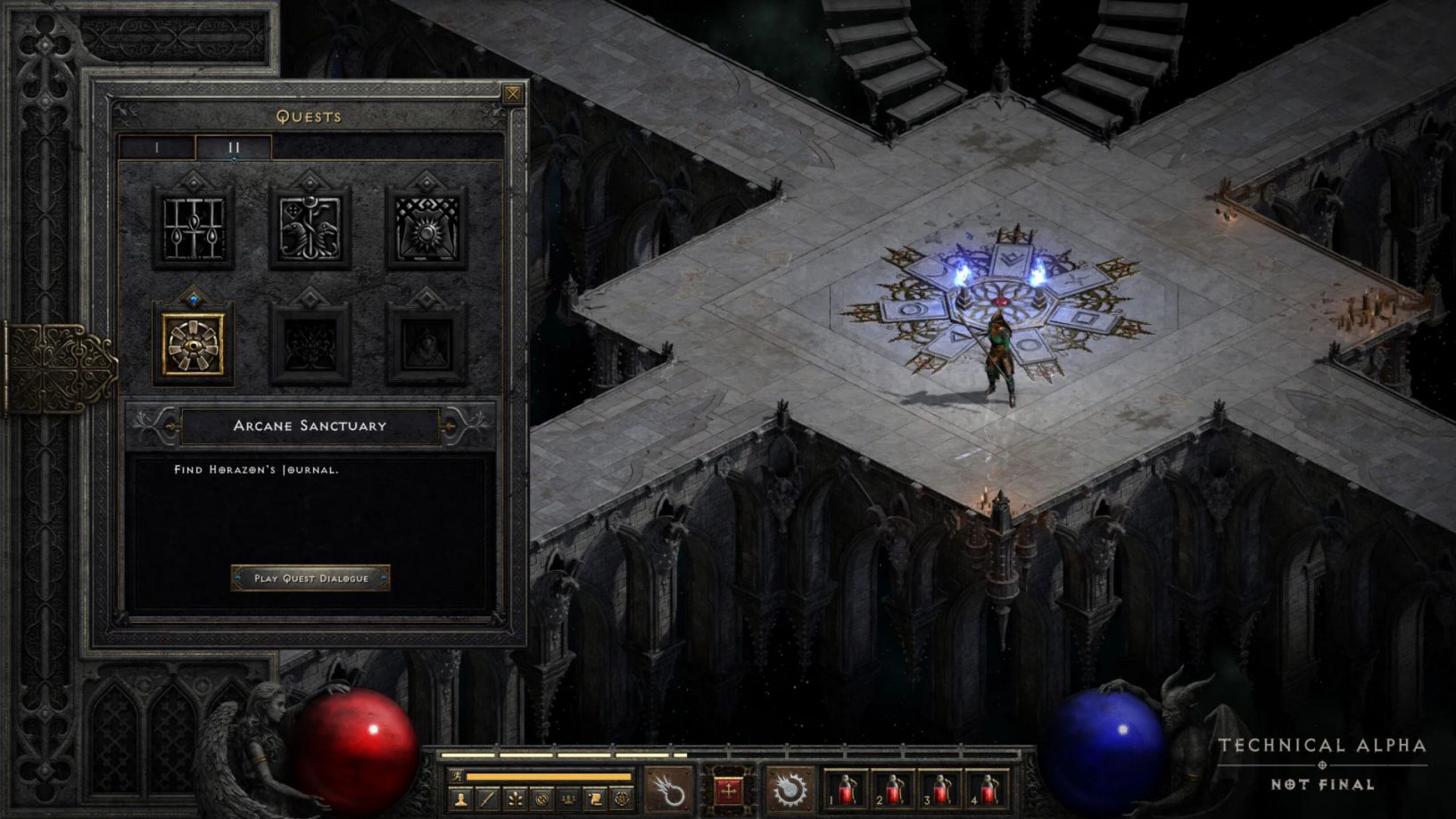

Leap and Leap Attack become the star of the changes, with both receiving 75% increases to the speed of the motion and boosts to baseline damage, attack rating, and attack rating per level for the attack. The Barbarian’s balance improvements focus almost entirely on the Combat Skills tree, with minor tweaks to Warcries and a “change to pierce” for Combat Masteries’ Throwing Mastery. That said, don’t underestimate the changes to the Traps skill tree, as skill reliance on Death Sentry has been removed along with synergy damage increases.īarbarian, Druid, and Necromancers see new builds gain viability, too The devs cite smoother combat performance for this adjustment, but I’m curious how much the damage output will increase for Martial Arts Assassins with this change. The most significant change, hands down, is that Martial Arts finishing moves will only consume one Martial Arts charge on casting and always hit the target if the player has any Martial Arts charges left.

The Assassin class tuning focuses on Martial Arts and Traps skills, with quality of life tweaks for Shadow Disciplines. I see this as the devs encouraging Amazon players to get into some demon faces (and hopefully, slashing them to ribbons). Additionally, Dodge and Avoid animations become interruptible, freeing players from the dreaded animation lockout. Significant changes include: Impale becoming uninterruptible, Fend’s attack speed increasing by 100%, and a 90% drop in Valkyrie’s casting delay (6 seconds to 0.6 seconds). That said, it also comes with a small quality of life tweak, where the skill tooltip now declares casting delays.įirst, and maybe best - Javazons rejoice! The changes to the Amazon focus primarily on melee skills, although Bowazon fans may be happy with the adjustments they receive as well. This change has an associated adjustment period as players change rotations built around this phenomenon. Specifically, casting delays are no longer a shared cooldown between skills with a casting delay.

Honestly, the most prominent universal adjustment is to casting delays. What changes are important enough for Blizzard to push the first balance changes in over ten years? Let’s review the highlights! From a versioning perspective, D2R is a continuation of D2, and patch 2.4 emphasizes that by bringing class balance changes.īringing build variety to a 22-year-old title for Amazons and Assassins So the question becomes: why should Blizzard stop development for the title? The PTR’s patch notes even touch on the excitement of making balance changes when it, “has been more than eleven years since we’ve made changes like this to the game.”Ĭonsider the PTR version number - Patch 2.4 seems an odd starting point, right? Well, it is, until you factor in the versions of the original Diablo 2 stopping at the 1.14 major version number Lord of Destruction installed patch 1.7, and subsequent updates brought different changes to D2 classic versus LOD (completely unlike D3’s numbering changing to 2.x for Reaper of Souls).

Diablo 2 was not a “dead” game - there were plenty of times before the D2R release where the Twitch category for Diablo 2 had more viewers than its younger sibling, Diablo 3. At its most basic definition, resurrection means bringing something dead back to life. Would the idea of game development run contrary to merely sprucing up an old chestnut? Yes, it does. Remasters offer the same game as the original, with changes to reflect improvements in gaming hardware (looking at you, 30 GB installer). But now I wonder - do class changes (and the implications of active development) break the purpose of a “remaster”?įirst, it’s critical to remember that Blizzard considers D2R a “remaster,” as Diablo Executive Producer Rod Fergusson stated in the game announcement. Who wouldn’t? But I didn’t expect actual, factual class balance changes to a functionally 20+ years old game. Watchers, I have a confession - I expected a patch before the release of ladders in Diablo 2 Resurrected.


 0 kommentar(er)
0 kommentar(er)
